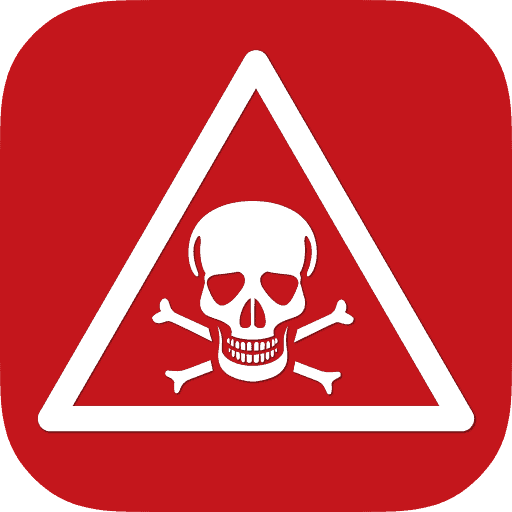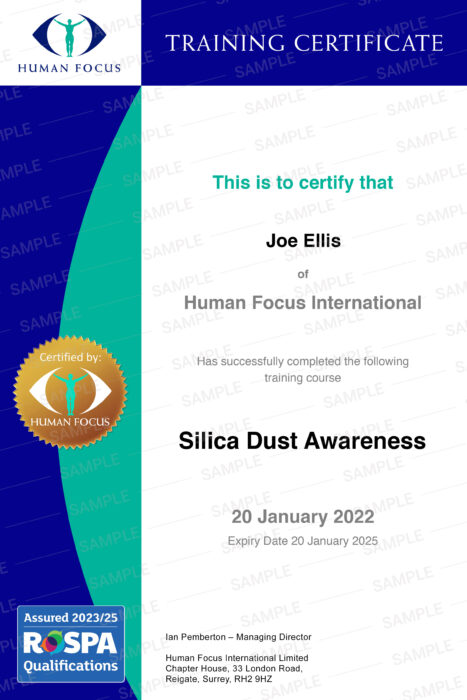Silica is a natural substance that originates in varying quantities in most rocks, sand, and clay. It is an integral component of construction materials such as brick, tiles, concrete, or mortar.
When work is conducted on silica-containing materials, silica dust is generated. This dust is called respirable crystalline silica (RCS), which is easily inhaled and can stay in the air for hours.
Why Is Silica Dust Awareness Training Important?
Many of us are unfamiliar with the hazards of silica dust, yet the HSE ranks it as the greatest risk to construction workers after asbestos. While exact data is not available, some estimate it is responsible for around 1,000 deaths per year in the UK.
Those working on or near silica dust often do not realise the hazard that they face. One reason is that particles of dust are so tiny that they are literally invisible. RCS is smaller than the width of a single human hair.
At the same time, the amount you can safely inhale on a daily basis is many times smaller than a single penny. Working around RCS, you may feel completely normal for many years until it is too late.
- Silicosis
- Chronic Obstructive Pulmonary Disease
- Lung Cancer – Scarring of lung tissue
Employers of those that work with silica dust containing materials have legal duties to protect their staff from these risks. These duties fall under the Health and Safety at Work Act 1974 and the Control of Substances Hazardous to Health (COSHH) Regulations. The Construction Design and Management (CDM) Regulations also outline legal duties to prevent risks on construction sites.







